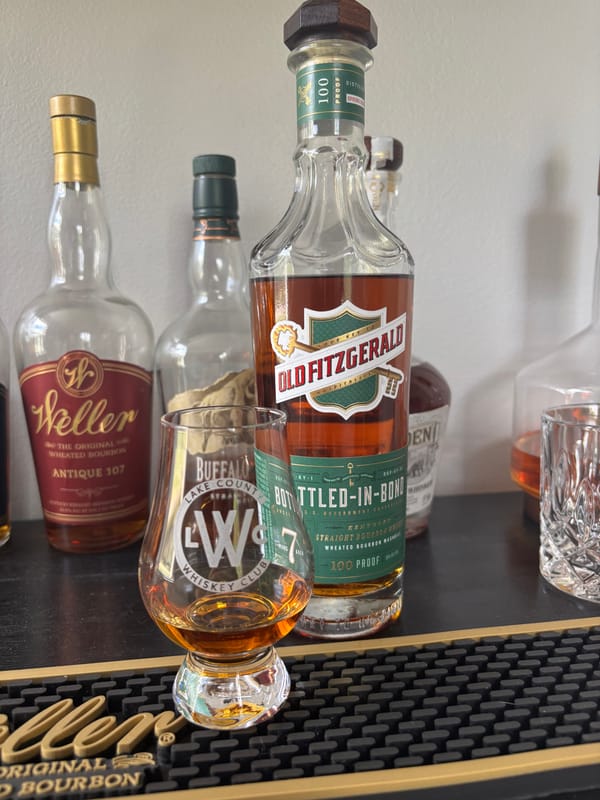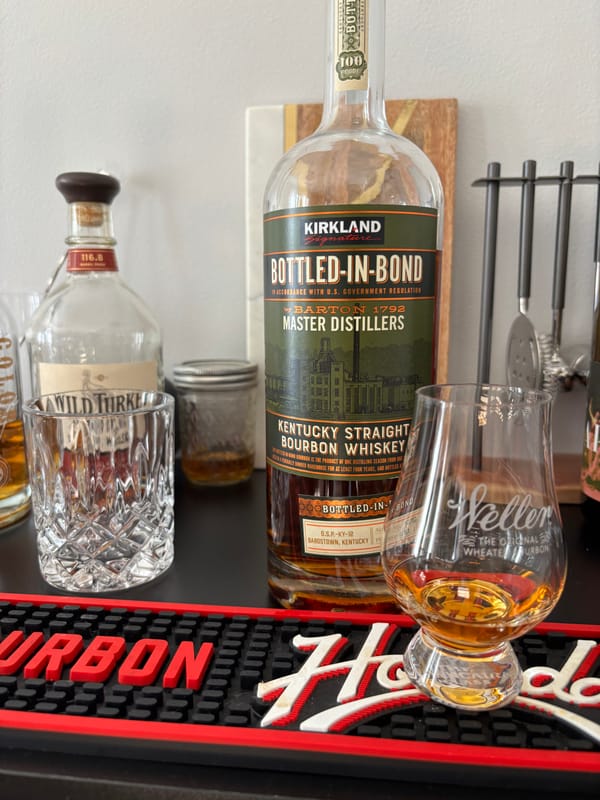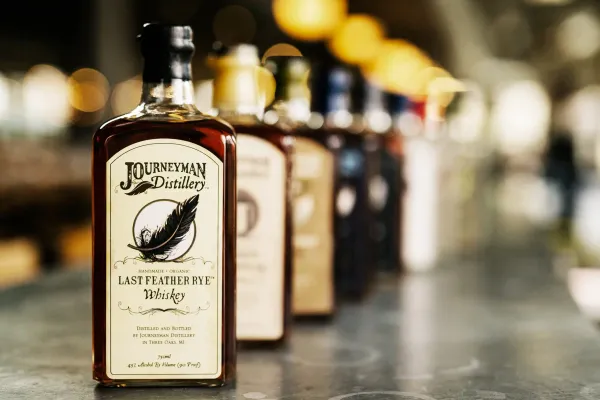Whiskey Filtration Process Exposed: The Sift You’ll Wish You’d Cleared Sooner

Filtration Process: The Whiskey Clarity You Can’t Skip
Filtration isn’t just a polish—it’s whiskey’s flavor sieve, and if you don’t know its sift, you’re missing the clarity that perfects every bottle. It’s a craft, not a cover-up. Here’s the unshakeable truth about whiskey filtration, from barrel to sip, and why it’s your 2025 must-know.
What Is Whiskey Filtration?
U.S. law sets whiskey—51% grain minimum, 160 proof max distillation, 125 proof max barreling, 80 proof minimum bottling, new charred oak aging—no additives allowed. Filtration—optional—removes haze or harshness post-aging via chill, carbon, or cloth at 80-140 proof. Every whiskey’s finish feels it, no law demands it.
How Filtration Shapes Whiskey
Post-aging—two-plus years, often four to eight—spirit at 100-140 proof hits filtration (or skips it). Chill filtration—cooled to 32°F—strips fatty acids for clarity; carbon smooths edges; unfiltered keeps heft—corn’s sweet or rye’s spice shifts slightly—every sift refines the pour, no flavor’s added.
What Filtration Means for Your Sip
Chill-filtered whiskey—clear at 80 proof—flows smooth—bourbon’s vanilla or rye’s pepper softens. Unfiltered—cloudy at 100 proof—stays bold—grain and oak grip hard. Every sip’s texture—law ensures purity—rests on this sift, no tricks alter it.
Why Filtration Matters in 2025
Filtration’s whiskey’s flavor lens—by 2025, knowing it could sharpen every pour’s focus, from sleek to sturdy. It’s the truth in the sieve—don’t miss its clarity. Want to taste filtration’s finesse?
Check out NEAT: Whiskey Finder—it’ll help you track down bourbon and whiskey near you.





